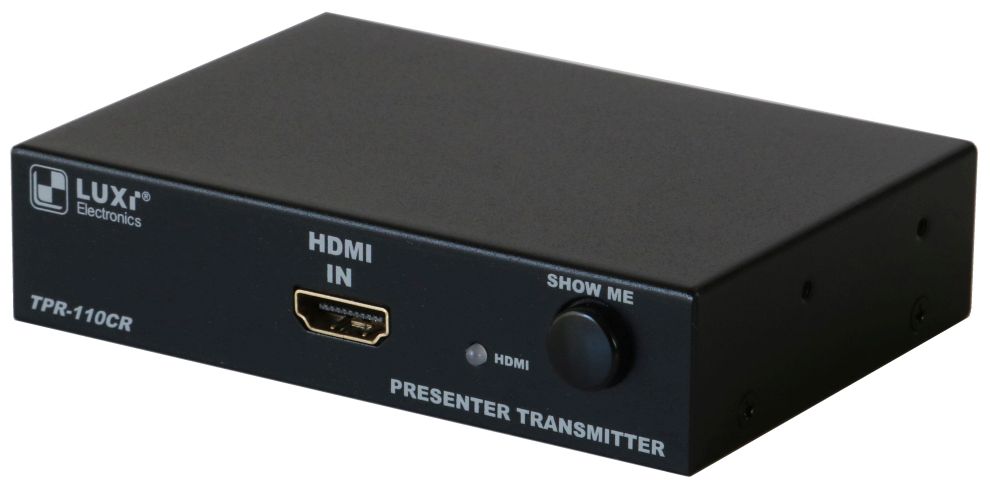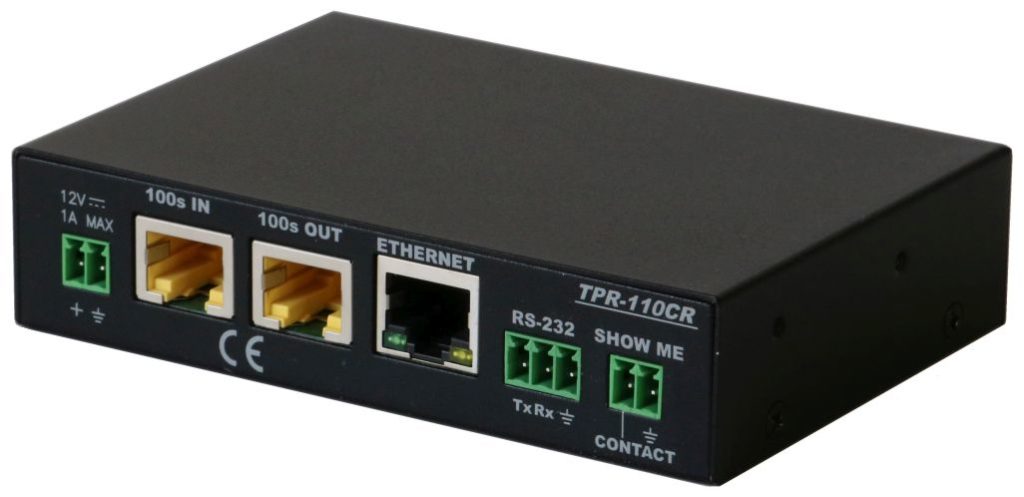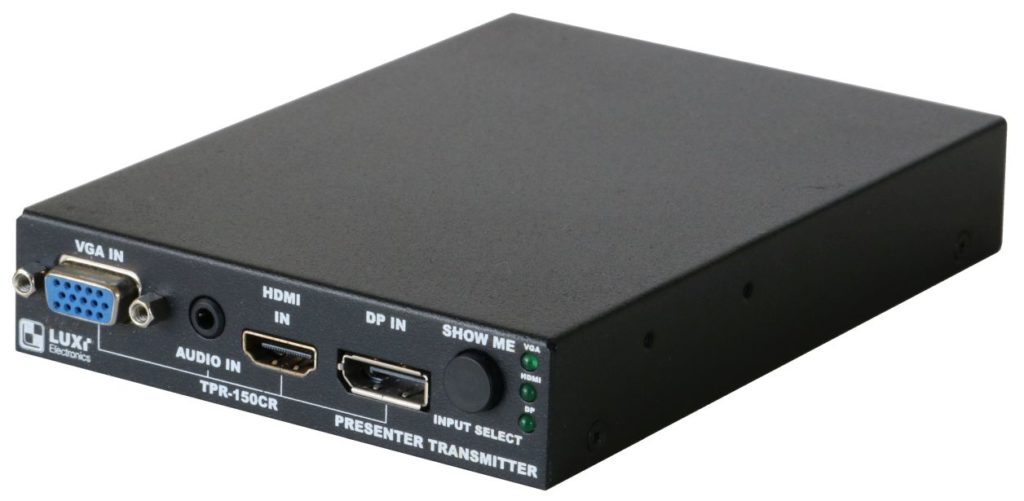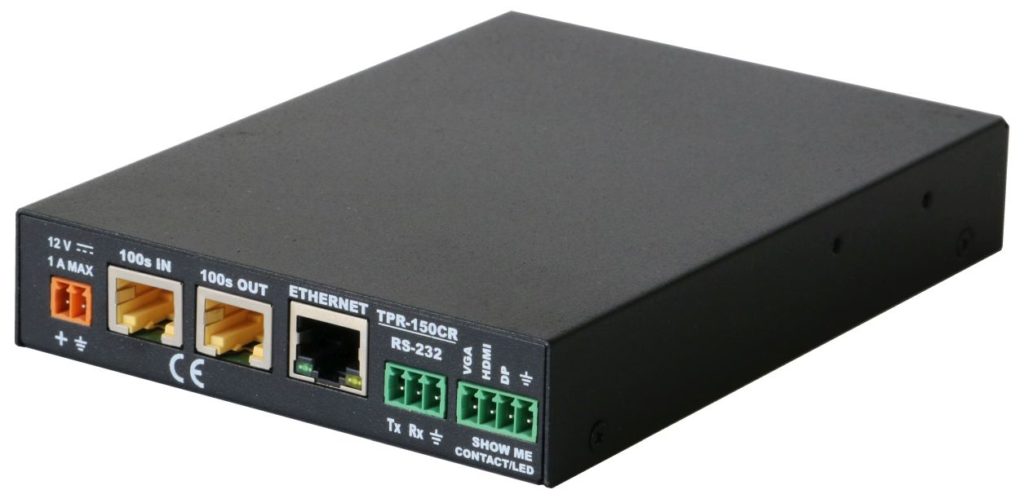Presenter(R) Products
Traditional interfaces, switchers, splittes and matrix switchers are all centralized products. They have the following shortcomings and limitations:
- Hundreds of models with different input/output numbers and formats are needed for wide varieties of applications; a logistic nightmare for manufacturers and resellers.
- Fixed number of inputs and outputs and fixed signal format makes it impossible for future system expansion and upgrade.
- All the input and output cables need to run to a single location to connect to the switching or distribution device; it’s difficult to run a bunch of thick cables to one room.
- Each input and output cable is long; this is even more challenging for today’s high bandwidth digital signals like HDMI.
- Tx and Rx pair (balun) is needed for each input or output with long cable and/or digital signal.
- Signal converter (scaler) is needed for each input or output with different signal format than the switcher/splitter format.
Luxi’s revolutionary, patent pending PresenterTM products solve all these problems with a simple “out-of-box” appoach: instead of using centralized device, Presenter systems are formed by daisy-chaining multiple transmitters (Tx’s) and receivers (Rx’s). One pair of Tx and Rx SKU can replace all the interfaces, switchers, splitters and matrix switchers, big or small. Please see features and benefits, and application diagrams in the brochure or white paper or videos below:
Video demo (Infocomm 2012, English)
Video demo (Infocomm China 2012, Chinese)
TPR-110CR PresenterTM Transmitter; with HDMI input
Now shipping Brochure Full Specs Short Specs Quick Start Guide RS-232 codes RS-232 setup guide
TPR-150CR PresenterTMTransmitter; with HDMI, DisplayPort and VGA/audio inputs and built-in scaler
Now shipping Brochure Short Specs Quick Start Guide RS-232 codes RS-232 setup guide
RPR-110CR PresenterTM Receiver; with HDMI output
Now shipping Brochure Short Specs Quick Start Guide RS-232 codes RS-232 setup guide




